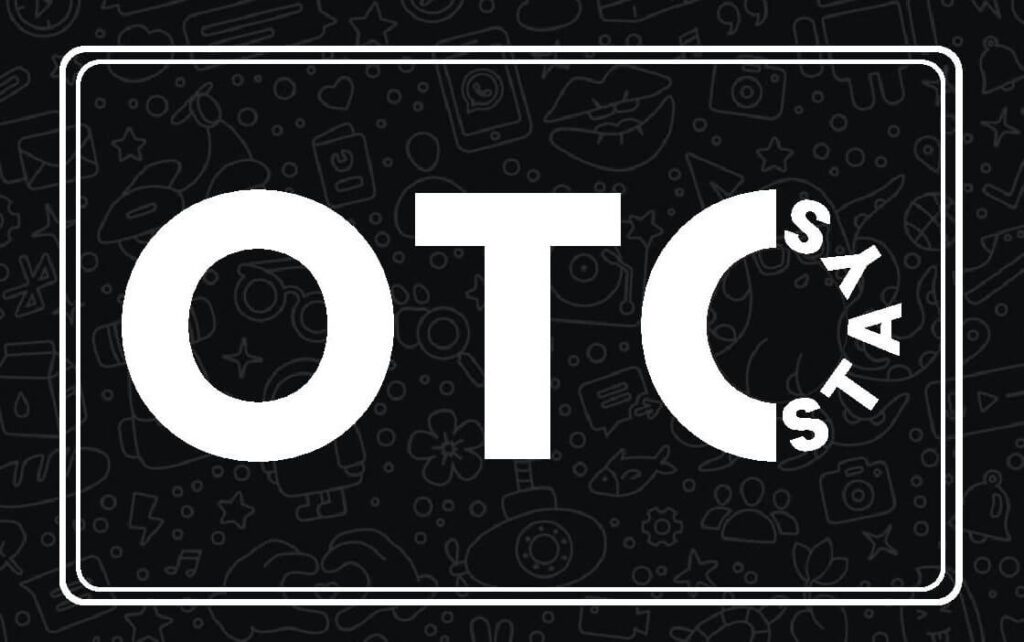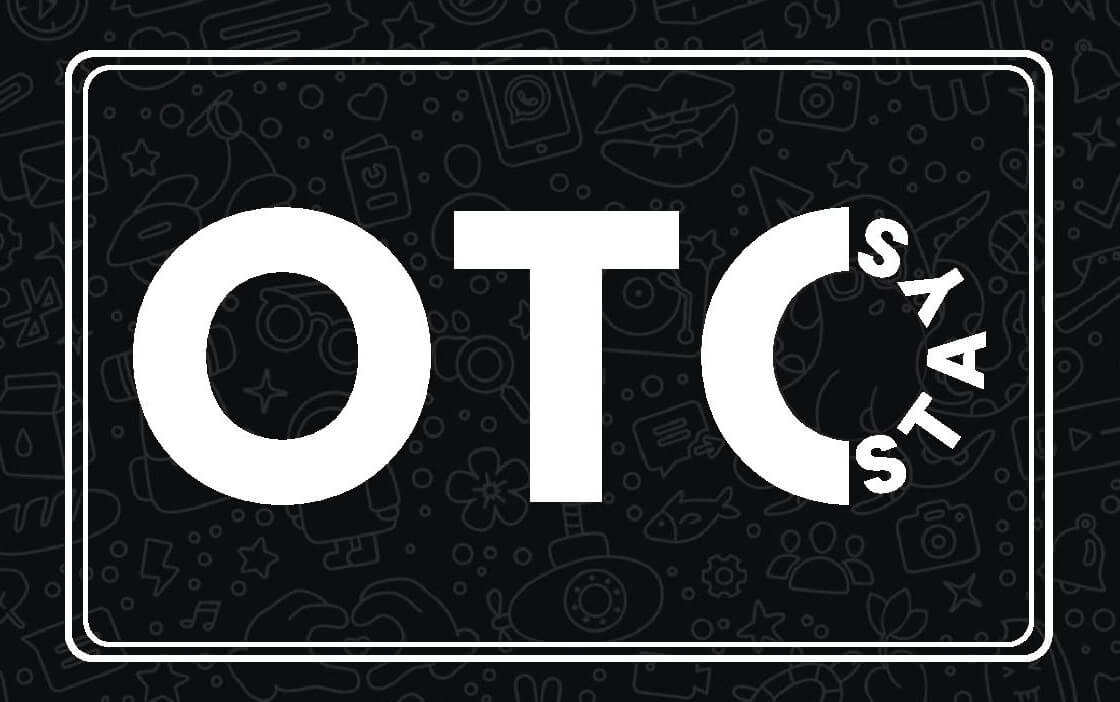
Think You’re The Perfect Candidate For Doing ADHD Titration? Answer This Question
ADHD Titration – Why Is Titration Important?
If you’re seeking an ADHD assessment, you may have experienced long NHS waiting lists, expensive private clinics or a frustrating lack of support and care once your diagnosis is made.
With Frida you can receive the assessment you need with a psychiatrist or a specialist ADHD nurse and receive ongoing support under a shared care agreement with your GP after medication has been titrated and stabilised.
What is titration? And how does it work?
Titration involves determining the correct dosage of medication (amount) determined by the symptoms and adverse effects of a patient. It’s a process of trial and error and can take weeks or months. During the titration process, doctors gradually increase the dosage to find the ideal balance between symptom relief and side effects reduction.
It’s crucial to realize that titration is essential for all ADHD patients to ensure they receive the most effective treatment steps for titration their symptoms as well as side effects. It can be challenging to determine the right dose of medication for your child since everyone is different and reacts differently to the medication. A child might experience headaches, whereas another child has no adverse negative effects.
During the titration process, the doctor will begin with a low dosage of medication and gradually increase it until they reach their desired dosage. This process is time-consuming but is necessary to ensure that the medication is effective. A titration program is the most effective method to determine the proper dosage of medication for ADHD symptoms. It minimizes the duration that the child is being treated.
The doctor will also take other aspects into consideration when determining the right dosage for patients, such as their height, weight and signs. They also take into consideration the time it takes for the medication to wear off and adjust dosage accordingly.
After determining the correct dosage, the doctor will monitor the child’s side effects and symptoms to ensure that they are receiving the right treatment. If the symptoms don’t improve or the side effects are serious The doctor will reduce the dosage of the medication until it is at a comfortable level.
It’s also important to remember that the medication can improve over time. Therefore, it’s recommended to take the medication for as long as you can. Patients should continue to track the effects and symptoms on their CareClinic App to be able to pass this information on to their doctor during future appointments.
Why do I need to be titrated?
It is crucial to monitor that the medication is being taken in an appropriate and safe dose. It lets minor side effects be monitored and possibly resolved before they turn into severe. The process of titration can take some time, but it is vital to the success of your treatment.
The process of titrating your medication means that you will be taking smaller and smaller doses until you reach the dose that you consider to be your target. This is the dose that will give you the best results with minimal side effects. It could take up to 12 weeks to complete the titration meaning adhd process and you may need to have numerous adjustments throughout the process.
If titration is performed correctly, the doctor will consider various factors. Height, weight, and symptoms are all aspects to be considered. They will also consider your family’s routine as well as your life style. They will then create an outline of how to modify your medication. The doctor will begin you on a lower dosage and then check in with you to determine how the medication is working. If you’re not seeing the desired results, your doctor may increase your dose or switch medications.
Some patients may need to self-titrate their long-acting stimulant medication. Your physician will usually coordinate this, and you will need to adhere to their guidelines. You should only self-titrate your ADHD medication if you have agreed to do so with your doctor, as this can be risky.
You should always discuss any adverse reactions you experience with your GP or nurse. They’ll be able to explain what the most common side effects are, and can assist you in managing them. They can also advise you on what to do if side effects are severe or long-lasting. Keep an eye on any mild symptoms so you can be aware of them at your next appointment.
If you are experiencing any of the serious adverse effects mentioned above, contact your GP immediately. They can give you advice on what to do and titrating Medication will refer you to a specialist if necessary.
How often do I have to be titrated?
During titration, doctors strive to find a dosage that reduces your symptoms and minimizes the side adverse effects. This process may take some time. On average, it takes 8-12 weeks to achieve a stable dosage. It’s crucial to track your improvement. Make your list of symptoms you’d like to see improve and note the changes they make. Keep the track of any side effects and let your doctor know whether they’re connected to the medication you’re taking.
It is important to remember that the dosage of stimulant drugs, like methylphenidate or Ritalin and Ritalin, doesn’t change based on weight or height. The dosage is adapted based on the individual’s history with ADHD medications, genetic or metabolic differences as well as comorbid conditions and treatment. Additionally, each kind of medication has different drug release profiles Some last longer than others, that need to be tested.
The stimulant medication begins to work quickly, but the full effect may not be felt for some days or even weeks. It is frustrating to experiment with a variety of combinations before you find the right balance. Titration is an art form and not a precise art. But, with patience and persistence it’s likely that medication adjustments will create the ideal balance to lessen your symptoms while minimising side effects.
Nonstimulant medication like Strattera (Atomil) may take longer to effect. It could take several months before you see an improvement in your mood or behaviour. Each type of nonstimulant drug has a different release profile – some last for a couple of hours, and others can last all day.
Titration appointments are usually scheduled every three to four weeks until the patient has stabilized on their medication. The cost of private titration can be different, but in general they are priced between PS1200-PS2000. This includes the assessment appointment and letters to GPs when titrating medication and a handover requesting shared care after stabilisation. This also includes all prescriptions which are not covered by the NHS.
What is the price of the titration process?
For those with ADHD, finding the right dose of medication can be an exercise of trial and trial and. This is referred to as titration and it can take weeks or even months to find the ideal dose of medication for each person.
Frida clinics typically schedule a follow-up visit in person, by video link, or Titrating medication over the phone after a patient has stabilized on their medication. This allows the physician to evaluate how well the medication is working and alter it if required. Patients must attend these appointments in order to ensure that symptoms are controlled and the risk of side effects is minimized.
The initial appointment will consist of an assessment, discussion about the treatment options and a prescription should the doctor suggests medication. The initial consultation is completely free but there will be a private pharmacy charge for the medication. It’s typically about PS150 every time the pharmacy distributes an additional supply.
After that, titration appointments are charged at the normal rates (see below). The frequency of these visits will vary in price depending on their frequency and length. If the doctor determines that the dosage is working well for the patient, they will write an email to their GP with a “shared care agreement” to allow them to continue taking their medication and repeat the titration process in the future.
It is not uncommon for titration to last from to six months before stabilization medication is reached. This can be very frustrating for patients, their families and their physician, particularly in a patient population where non-adherence to stimulant medication can result in academic problems as well as social problems and family conflict, risk-taking behaviour, bad relationships and low self-esteem.
 If your doctor recommends you continue your medication after adjustment, you will not be charged for the clinical support package however, you must pay NHS prescription costs for all subsequent medications. This includes medication for non-stimulant ADHD like Atomoxetine, Venlafaxine or Bupropion Hydrochloride. If the stimulant ADHD medication is stable there is no need to repeat it.
If your doctor recommends you continue your medication after adjustment, you will not be charged for the clinical support package however, you must pay NHS prescription costs for all subsequent medications. This includes medication for non-stimulant ADHD like Atomoxetine, Venlafaxine or Bupropion Hydrochloride. If the stimulant ADHD medication is stable there is no need to repeat it.
